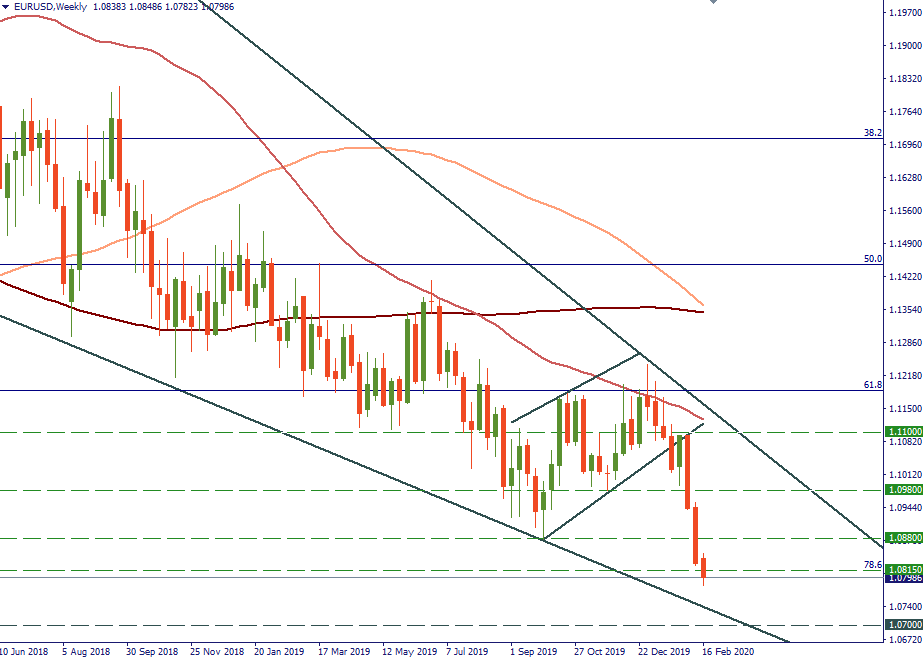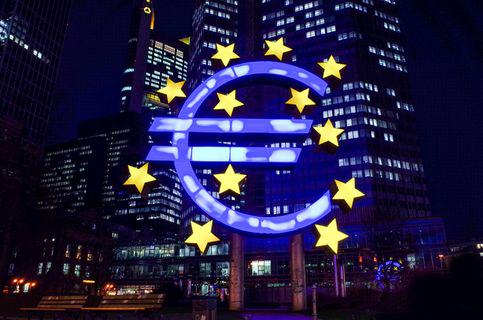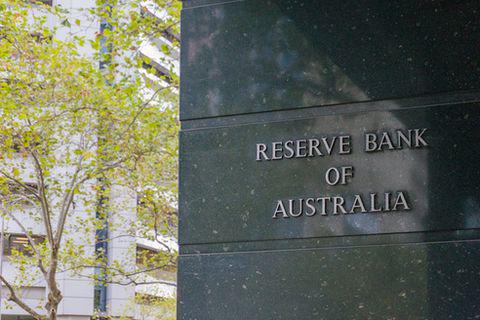
The G20 summit took place in Bali, Indonesia, on November 2022…
For a seamless experience, click “Redirect me.”

Don’t waste your time – keep track of how NFP affects the US dollar!
Data Collection Notice
We maintain a record of your data to run this website. By clicking the button, you agree to our Privacy Policy.

Beginner Forex Book
Your ultimate guide through the world of trading.
Check Your Inbox!
In our email, you will find the Forex 101 book. Just tap the button to get it!
Risk warning: ᏟᖴᎠs are complex instruments and come with a high risk of losing money rapidly due to leverage.
71.43% of retail investor accounts lose money when trading ᏟᖴᎠs with this provider.
You should consider whether you understand how ᏟᖴᎠs work and whether you can afford to take the high risk of losing your money.
Information is not investment advice
Even if you don’t follow the European news closely, you’ve still probably heard that the region’s economy is going through difficult times. In February, there were many disappointing releases: retail sales contracted by 1.6%, and industrial production fell by 2.1%. Germany, which is the leading economy of the euro area, posted flat economic growth in the Q4. The country’s Economic Sentiment Index dropped to 34-month low. It’s really hard to find even the smallest ray of sunshine in the data, which is coming from Europe.
The figures published in the United States, on the contrary, look much better. As a result, it’s not surprising that investors prefer the USD to the EUR and sell EUR/USD. Different approaches of the European Central Bank and the Federal Reserve stresses the situation. The ECB is keeping a very loose monetary policy and hints on the possibility of yet additional easing. The Fed has so far been calmer and more positive.
Finally, the market currently thinks that the United States is more resilient to the coronavirus outbreak than other regions and that includes the euro zone. Increase in risk aversion because of the spreading disease is a negative factor for the EUR.
This week, we’ll get insights from both central banks. The FOMC meeting minutes are due at 21:00 MT time on Wednesday, February 19. The accounts of the ECB meeting will be released at 14:30 MT time on Thursday, February 20. The policymakers edit the document before publication and may decide to emphasize particular things, thus making the price of the EUR move. In addition, keep an eye on the euro area’s flash manufacturing and services PMIs on Friday, February 21 – these are the freshest indicators of the euro area’s economic health.
EUR/USD dropped to the lowest levels since April 2017 and is currently testing levels below the 78.6% Fibonacci of the 2016-2018 advance at 1.0815. The weekly close below this level will be bearish. Of course, after the two weeks of heavy declines the euro looks oversold in the short-term. However, given the bleak European fundamentals, attempts to “catch the falling knife”, i.e. the euro, would be very risky. The near-term picture will remain bearish as long as the pair is trading below 1.0880.
If EUR/USD stays below 1.0800, the coronavirus keeps spreading and the economic figures remain weak, the pair has every chance to settle in the new range between 1.06 and 1.04. If the price manages to get above 1.0880, the next resistance levels will be at 1.0980 and 1.1100.


The G20 summit took place in Bali, Indonesia, on November 2022…

The deafening news shocked the whole world yesterday: the British Queen Elizabeth II died peacefully at the age of 96…

After months of pressure from the White House, Saudi Arabia relented and agreed with other OPEC+ members to increase production.

eurusd-is-falling-what-to-expect-from-the-future-price-movement

Greetings, fellow forex traders! Exciting news for those with an eye on the Australian market - the upcoming interest rate decision could be good news for Aussies looking to refinance or take out new loans. The Mortgage and Finance Association Australia CEO, Anja Pannek, has...

Hold onto your hats, folks! The Japanese yen took a nosedive after the Bank of Japan (BOJ) left its ultra-loose policy settings unchanged, including its closely watched yield curve control (YCC) policy. But wait, there's more! The BOJ also removed its forward guidance, which had previously pledged to keep interest rates at current or lower levels. So, what's the scoop? Market expectations had been subdued going into the meeting, but some were still hoping for tweaks to the forward guidance to prepare for an eventual exit from the bank's massive stimulus
Your request is accepted.
We will call you at the time interval that you chose
Next callback request for this phone number will be available in 00:30:00
If you have an urgent issue please contact us via
Live chat
Internal error. Please try again later